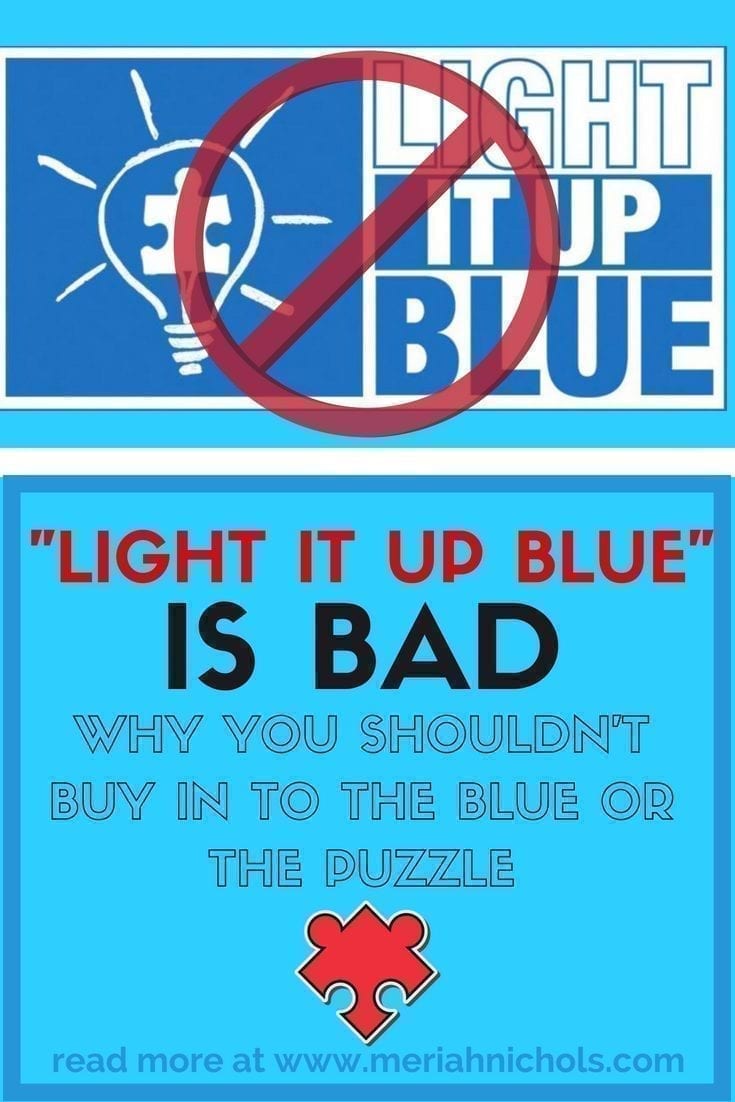
Autism Speaks – Common Myths About Autism
The company behind Autism speaks is notoriously sexist, believing that autism is only a problem for male toddlers. In addition, the company’s logo is designed to encourage the abortion of autistic children. Because of this, the company has been accused of encouraging the abortion of autistic children. Autism speaks has also been accused of being racist, in particular, because black children are more likely to be born into poverty, or to end up in jail for drugs offences.
Autism is not a disease
The term autism has been around for over a century. The word was first used in 1908, and was made widely known in a 1943 paper by Dr. Leo Kanner. In fact, many modern experts consider that the famous names of autism fit the diagnostic criteria for ASD. During World War II, Asperger was forced to flee Vienna because his work was considered to be too dangerous. After World War II, however, Asperger was able to get asylum in the United States.
The most common conversation about autism is focused on children. Parents and schools are adjusting to the challenges that autistic children face. More research is coming out about the symptoms of autism and how they are managed. However, it is important to note that autism does not look like Down’s syndrome. A child with autism can have a flat face and a wide smile. However, if the child is able to speak, he is able to communicate with others.
Autism is not a disability
There’s a common misconception that autism is a disability, even though it clearly is one. As a neurodevelopmental disability, autism affects some people severely. These people are often isolated and abused by society for not conforming. Fortunately, there are treatments for autism that can help those with this condition. Here are some common myths about autism. Here are some of the most common:
Many people think of autism as a disorder that is characterized by a specific set of behaviors. While this may be true for a specific child with autism, there are also a wide variety of presentations that autistic people may display. Because autism is often invisible to people without the diagnosis, the stigma that goes along with it must be overcome. To learn more about the many benefits of autism treatment, please read on! You won’t regret it!
Autism is not a disorder
When you read the label “autistic”, the first thing you might think is a disease. The truth is that autism is a neurological development disorder. While autism does not cause harm, it does define a person’s identity and worldview. The atypical ability and strengths that are unique to autistic people are often overlooked in the name of the disease. In fact, there are a lot of opposing arguments in the debate about autism. The best way to tell which theory is correct is to consider each of these arguments separately.
One common myth is that children with ASD do not speak. While they may talk more about their favorite things than the things they dislike, they may have difficulty understanding jokes, teasing, and sarcasm. Some children do not like touching. Others do not even feel pain. Those with autism are especially sensitive to everyday sounds. So, before you call autism a disorder, know the facts first.
Autism is neither good nor bad
It is no secret that autism is a frustrating condition. The condition can lead to meltdowns and shutdowns caused by sensory overload and anxiety. According to the National Autistic Society, there are approximately 700,000 people with autism in the United Kingdom alone. The causes of autism have been implicated in genetic, neurodevelopmental and environmental factors. In recent years, autism is also becoming known as neurodiversity. The term autism has become a controversial topic among some individuals because it is hard to define.
Earlier, the condition was classified into three levels – mild, moderate, and severe. While these levels represent a spectrum, autism is neither good nor bad. Some people have fewer symptoms, while others display all three. The severity of the condition is based on the level a person achieves. For instance, people with low-functioning autism will have fewer symptoms and may not be as socially-engaged as someone with high-functioning autism.
